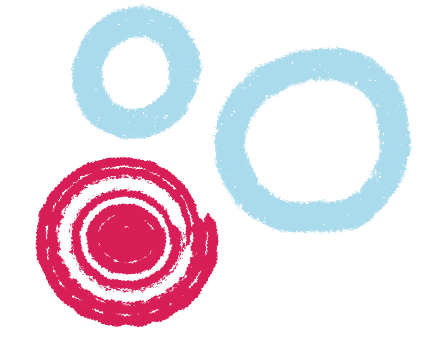The importance of diversity, equity and inclusion in organizations has gained significant attention in recent years. Companies are investing resources in establishing DEI departments, programs, and initiatives to address diversity based on nationality, culture, race, and gender identity. However, one aspect of diversity that often remains overlooked is neurodiversity, which can silently exist within teams.
Let’s shed some light on the concept of neurodiversity and emphasize the significance of raising awareness about it in the workplace.
What is neurodiversity?

Neurodiversity refers to the natural variation in human neurological conditions, encompassing different ways of thinking, learning, and processing information. Neurodivergent individuals are those whose neurological conditions differ from the dominant or “typical” patterns. Conditions such as autism, ADHD, and dyslexia fall under the umbrella of neurodiversity. Understanding the different types of neurodiversity is crucial to creating an inclusive work environment.
How to support neurodiversity in the workplace
One crucial aspect of supporting neurodiverse teammates is recognizing employees as individuals. Just like any other form of diversity, hiring neurodivergent individuals can bring numerous benefits to businesses, including creative thinking, increased productivity, and innovation. However, not all companies have the capacity to accommodate every type of neurodivergence in their recruitment and hiring processes. Nevertheless, some organizations may discover that they already employ individuals who are neurodivergent.
Some individuals may not exhibit the typical signs of neurodivergence nor have they received a formal diagnosis. They may navigate their lives and perform their job duties effectively, even though they face internal struggles they choose not to share. Others may opt not to disclose their neurodivergence, and it is important to respect their choice. In any case, it is crucial to be aware and avoid assuming that everyone is neurotypical. By actively paying attention and initiating conversations, managers can find the right approach and make necessary adjustments in the work dynamics to accommodate the needs of every employee, promoting inclusion, safety, and value.

Discovering neurodivergent individuals within a team may raise concerns about how to effectively accommodate them and highlight the need for training managers and employees on this topic. However, it also presents a great opportunity. Managers can harness the unique talents of each employee by being aware of their individual needs and placing them in roles that allow them to maximize their contributions. Neurodiverse individuals, with their different cognitive wiring, can offer fresh perspectives to a company’s efforts to create value and innovation. Accommodations may involve adapting workspaces, adjusting work schedules, and implementing effective communication methods.
The takeaway
Every individual possesses a superpower, a talent, a gift. Organizations that prioritize neurodiversity and foster inclusion in their culture not only recognize and value the strengths that arise from diversity but also unlock extraordinary potential. Creating a workplace that celebrates differences, accommodates individual needs, and supports every employee benefits the entire organization. By embracing neurodiversity, businesses can cultivate an environment where all employees thrive, contribute their unique abilities, and drive innovation and success.
























































